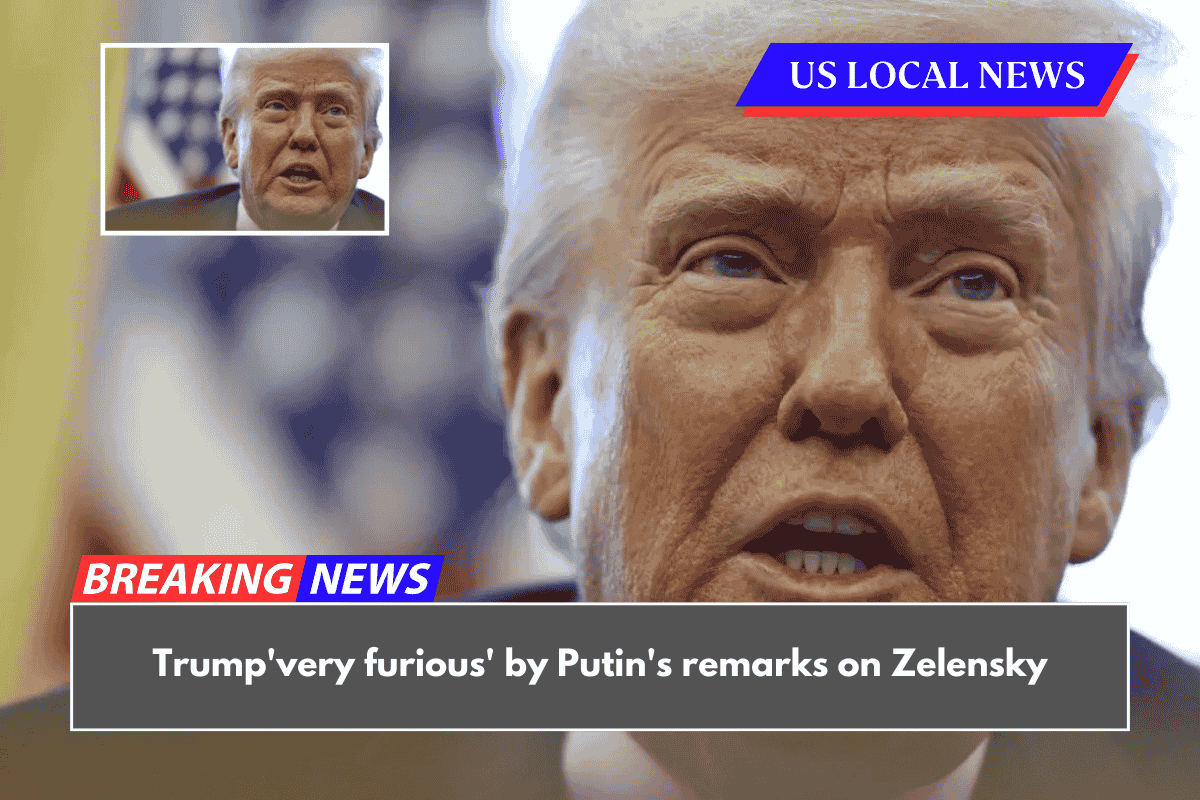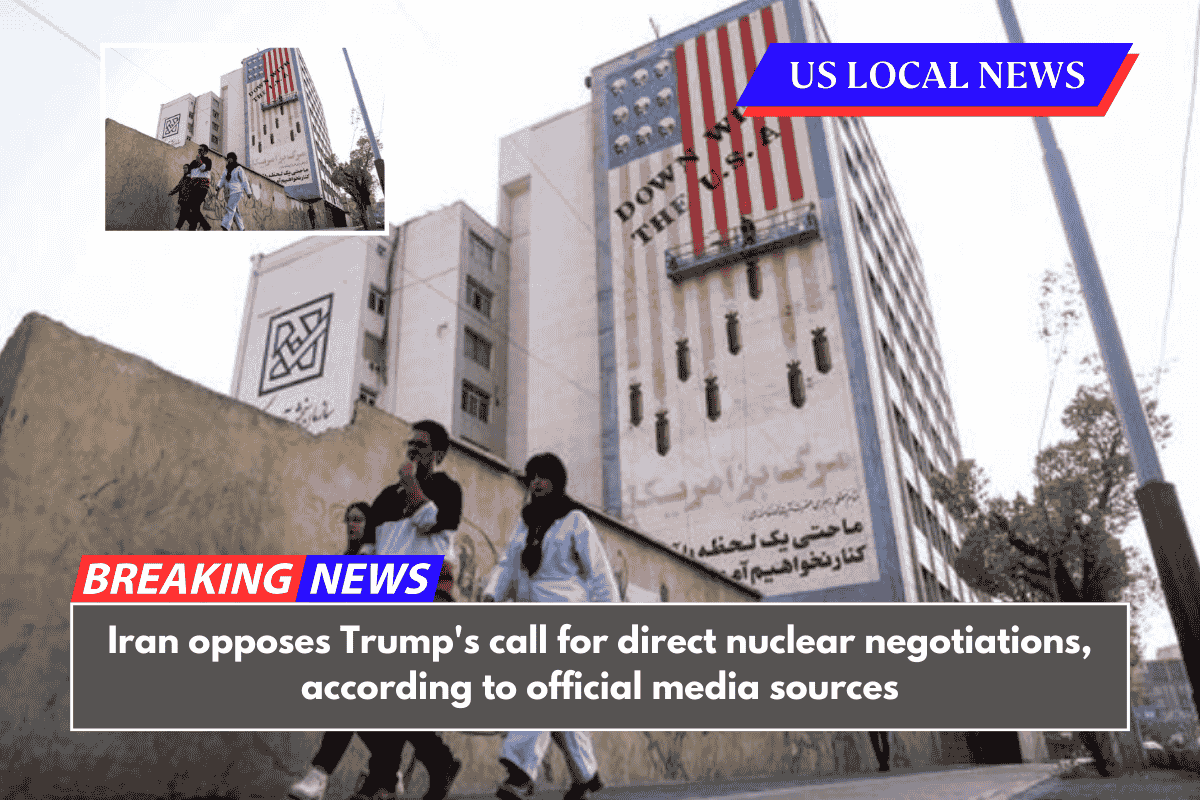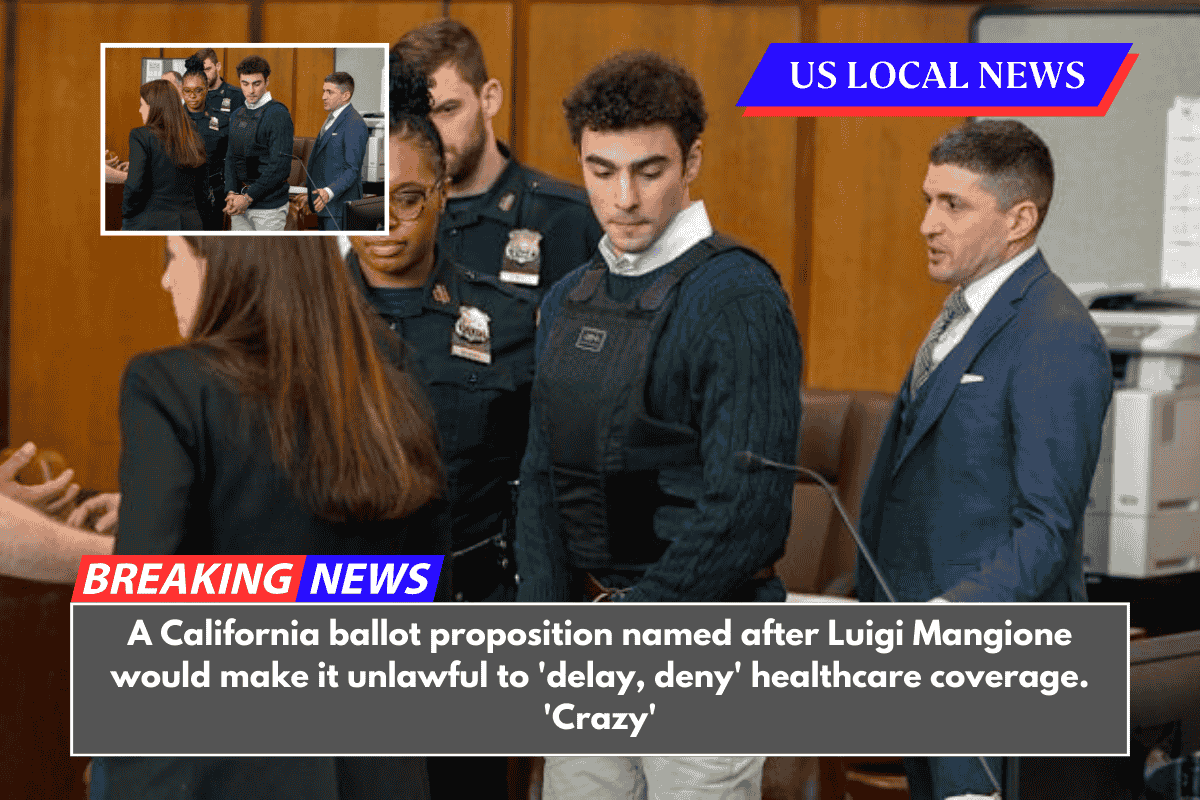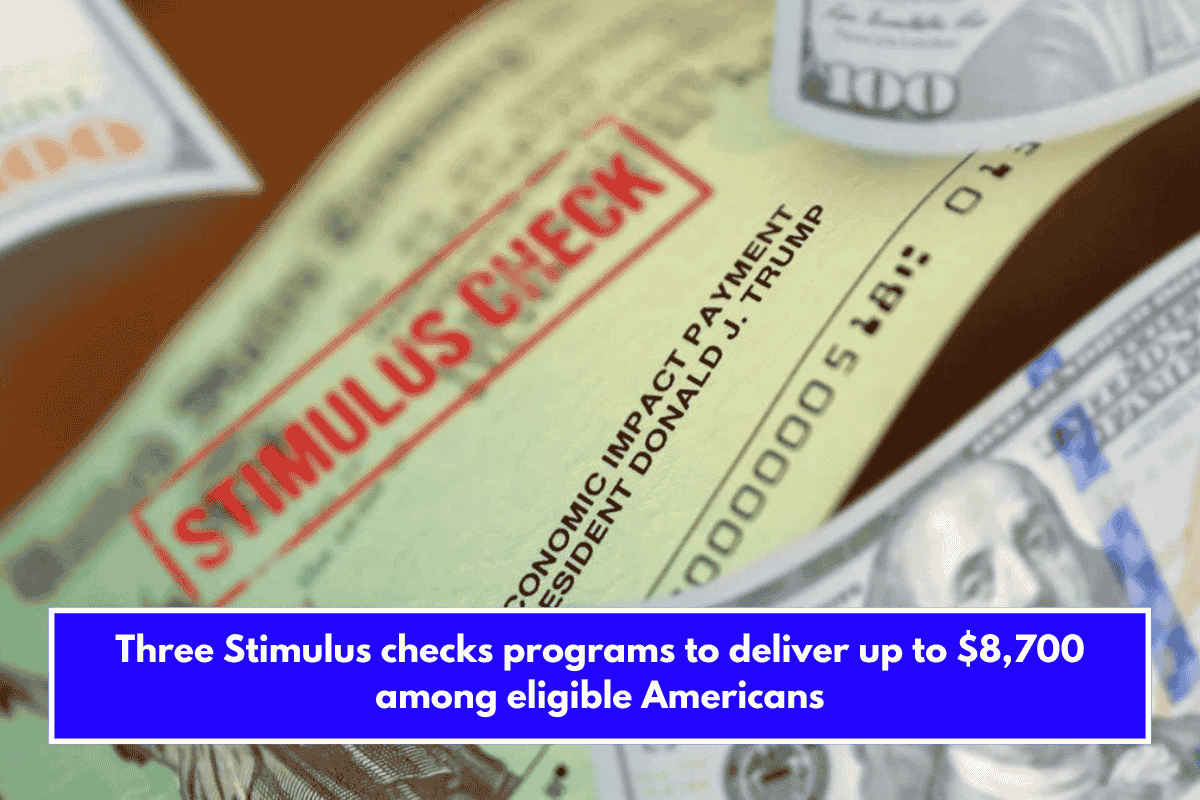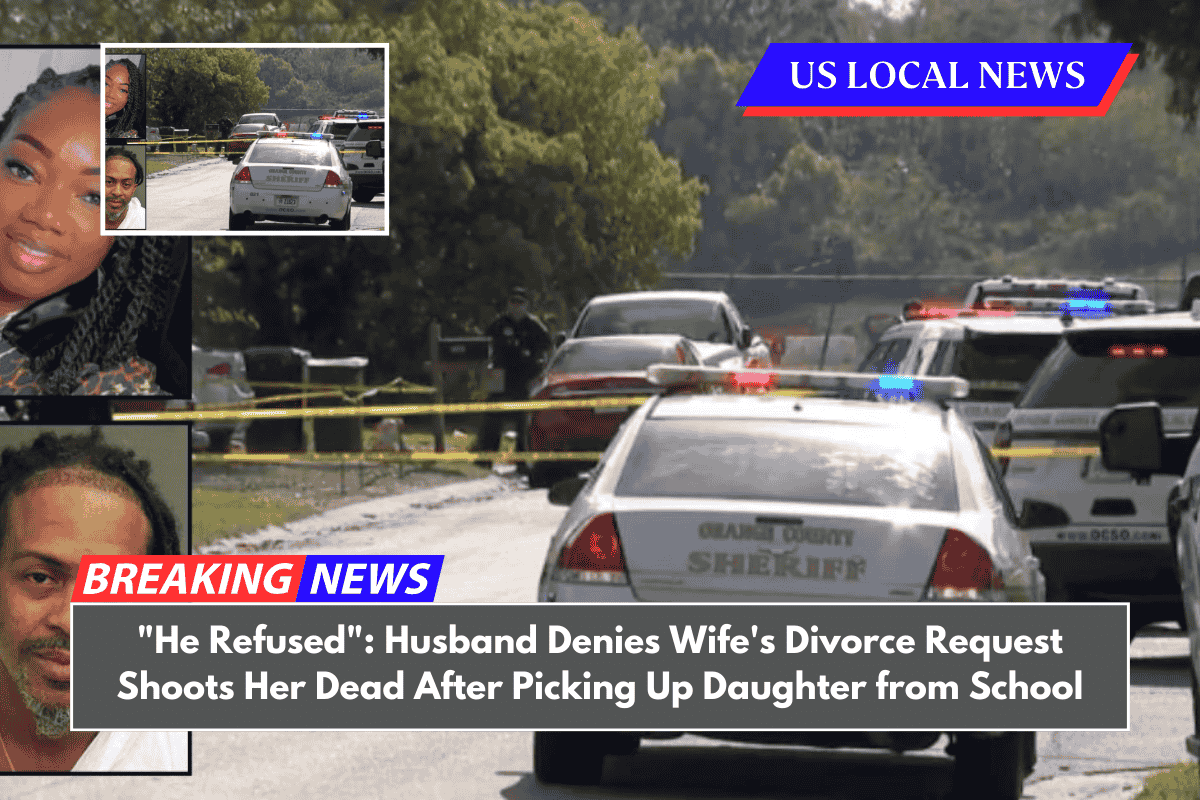The United States Supreme Court upheld on Wednesday a regulation targeting largely untraceable “ghost guns” imposed by Democratic former President Joe Biden’s administration in a crackdown on firearms whose use has increased in crimes across the country, finding the measure to be consistent with a 1968 federal law.
In a 7-2 decision, conservative Justice Neil Gorsuch overturned a lower court’s ruling that the US Bureau of Alcohol, Tobacco, Firearms, and Explosives exceeded its authority in issuing the 2022 rule targeting ghost gun parts and kits.
Ghost gun products, which are particularly appealing to people who are legally prohibited from purchasing firearms, are typically purchased online and can be quickly assembled at home, without the serial numbers used to trace guns or the background checks required for other firearms.
Gun safety advocates hailed Wednesday’s decision as “life-saving” and noted that it has widespread support among law enforcement officials.
“We applaud the Supreme Court for doing the right thing by upholding a lawful and critical rule that protects public safety, as well as rejecting the gun lobby’s extreme legal agenda,” said Eric Tirschwell, executive director of Everytown Law.
Plaintiffs, including parts manufacturers, gun owners, and two gun rights organizations, the Firearms Policy Coalition and the Second Amendment Foundation, filed a federal lawsuit in Texas to block the ATF rule.
The regulation required manufacturers of firearms kits and parts, such as partially completed frames or receivers, to serialize their products, obtain licenses, and conduct background checks on purchasers, as is already required for other commercially manufactured firearms.
The rule clarified that these kits and components fall under the definition of “firearm” under a 1968 federal law known as the Gun Control Act, and that commercial manufacturers of such kits must become licensed.
In his decision, Gorsuch said the regulation was consistent with the Gun Control Act. Despite the plaintiffs’ claim that the rule could never lawfully apply to a parts kit or incomplete frame, the court had “no trouble rejecting that unqualified view,” Gorsuch wrote.
With a 6-3 conservative majority, the Supreme Court has expanded gun rights in three major decisions since 2008, but it has also shown a willingness to allow some limits.
Last year, it upheld a federal law making it illegal for people under domestic violence restraining orders to have guns, but it rejected a federal rule prohibiting “bump stocks” – devices that allow semiautomatic weapons to fire rapidly, similar to machine guns.
Gorsuch recounted in his ruling on Wednesday how Congress passed the 1968 statute shortly after the assassinations of civil rights leader Martin Luther King Jr. and U.S. Senator Robert Kennedy.
“Existing gun control measures, Congress found, allowed criminals to acquire largely untraceable guns too easily,” according to Gorsuch.
Gorsuch wrote that in recent years, the way guns are made and sold has changed dramatically, with 3D printing and reinforced polymers making it easier and less expensive for people to assemble their own functional firearms in their homes.
Gorsuch was joined in the majority by conservative Justices John Roberts, Amy Coney Barrett, and Brett Kavanaugh, as well as the three liberal justices. Conservative justices Samuel Alito and Clarence Thomas dissented from the ruling.
In a dissenting opinion, Thomas wrote that the majority of the court “blesses the government’s overreach based on a series of errors regarding both the standard of review and the interpretation of the statute.”
‘LEGAL INFIRMITIES’
Bill Sack, the Second Amendment Foundation’s director of legal operations, was disappointed with the decision.
“We have maintained since the rule’s inception that the legal flaws it represented extended beyond the invented pejorative ‘ghost guns.’ This rule allows the government to rewrite the law based on what it wants the law to say rather than what it actually does,” Sack explained.
The United States, which has the world’s highest gun ownership rate, remains deeply divided on how to address firearm violence, including frequent mass shootings.
According to law enforcement officials, ghost guns are particularly appealing to people who are legally prohibited from purchasing firearms, such as minors and those convicted of violent crimes. When these weapons are discovered at a crime scene, authorities have difficulty tracing them back to a single purchaser because ghost guns lack the serial numbers found on other firearms.
Judge Reed O’Connor of Fort Worth, Texas, overturned the rule in 2023, ruling that the ATF had illegally “rewritten the law” without congressional approval. The 5th United States Circuit Court of Appeals, based in New Orleans, later upheld O’Connor’s decision.
In 2023, the Supreme Court reinstated the rule, pending the Biden administration’s appeal. It heard arguments in the case on October 8.


